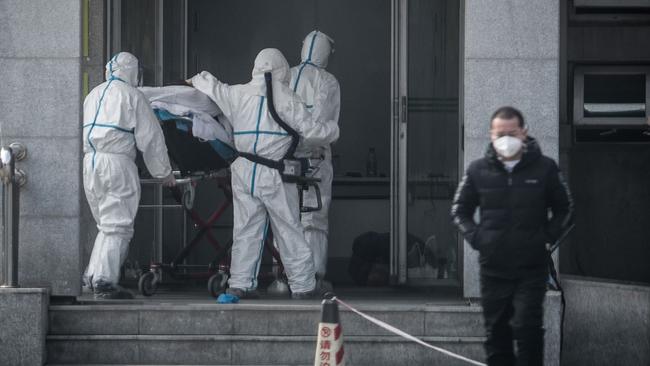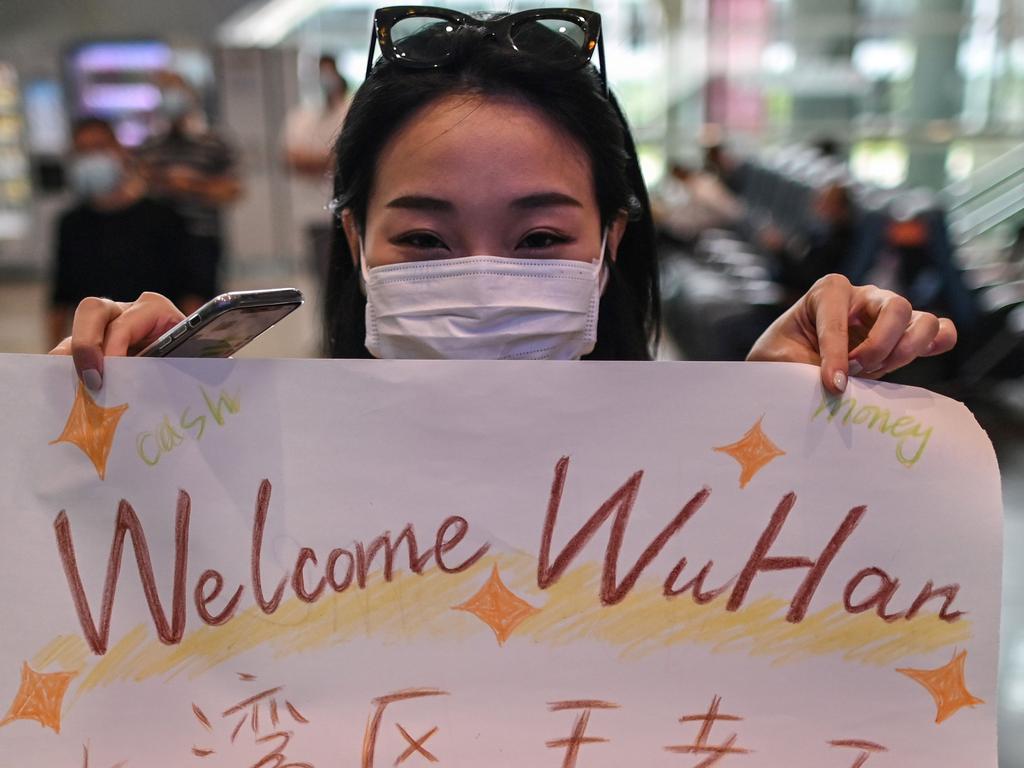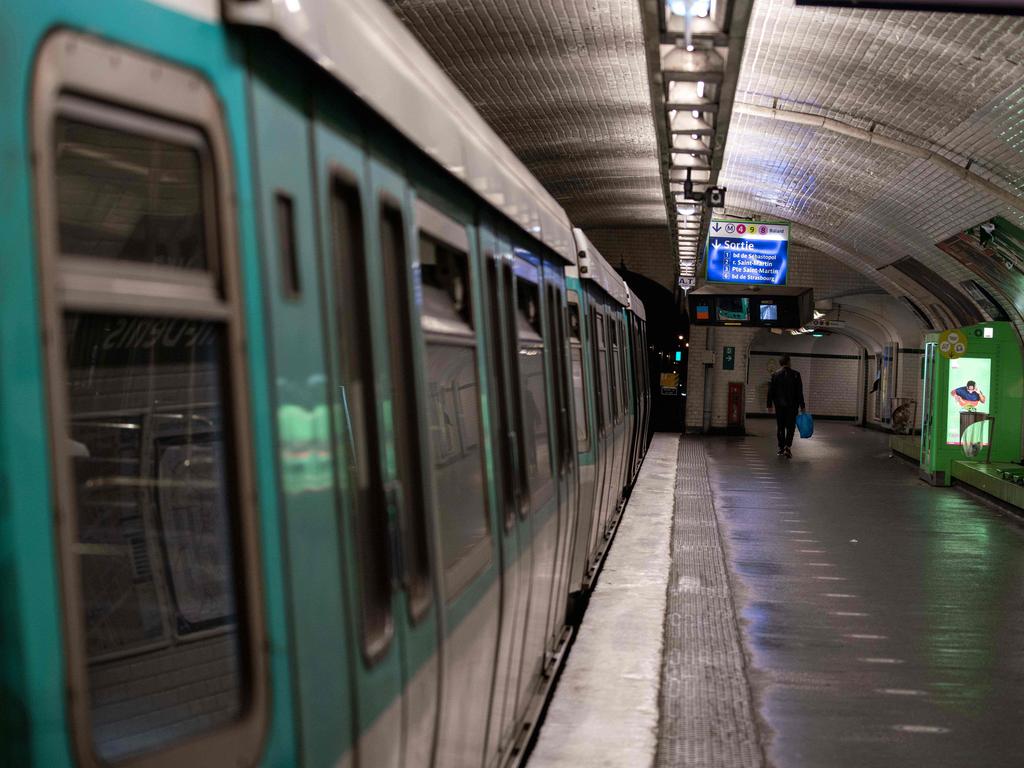As Europe prepares for a deadly winter, the east is already back on its feet - how did they beat coronavirus?
As western Europe suffers, east Asia feasts on the fruits of its ruthless yet effective suppression of the pandemic. But, was there more to it?

A new east-west divide has been created by the coronavirus. As western Europe suffers, east Asia feasts on the fruits of its ruthless but effective suppression of the pandemic.
Last week, France introduced curfews in big cities, Spain closed bars and restaurants, Italian doctors lamented the growing pressure on hospitals and the Czech Republic closed schools. Chancellor Angel Merkel warned of looming “disaster” in Germany while Britain lurched from chaos to crisis.

In eastern Asia and the Pacific Rim, it could scarcely be more different. In China, Japan, South Korea, Singapore, Vietnam, Taiwan and Thailand, economic, cultural and sporting activity is resuming. There are still COVID-19 clusters in Indonesia, Malaysia and the Philippines, but the curve has flattened.
Even the Chinese city where the coronavirus first surfaced last December is enjoying a dramatic renaissance. Members of the Wuhan Philharmonic Orchestra played last week at China’s first classical music festival since January. The Wuhan women’s football team won the national championships. A new international air cargo route links Wuhan with Addis Ababa, the Ethiopian capital. A stadium commandeered as a hospital was restored to sporting use; 7,500 fans attended a basketball game.

Was all this showboating merely a propaganda tool aimed at embarrassing the West? Or was it pride that China had seen off a virus few western countries have been able to contain? Either way, contrasts between the responses invite uncomfortable questions as the prospect of a winter of European misery looms.
What did they do that we couldn’t?
The pandemic is all China’s fault and it’s not surprising it got on top of the virus because it is a communist dictatorship and people do as they are told. That, in a nutshell, has been a common response in the West that has sometimes seemed at war with itself over whether lockdowns work and whether masks should be worn, schools be open and borders be closed.
“In eastern countries there is much more respect for authority,” noted Dr Julian Tang, a clinical virologist at Leicester University who has worked in Hong Kong and Singapore. “If they are asked to do something a much higher proportion are likely to comply.”
In the West, meanwhile, “protests and arguments are much more frequent”, he said. “This makes the implementation of any guidance/policy much slower, and this ‘democratic’ approach allows the virus to spread much more quickly.”

Yet Tang and other experts argue there is more to the gap in antiviral achievement than different political systems. Previous experience of lethal viruses spreading from China encouraged others in the region to prepare their defences for another outbreak many saw as inevitable. “The experience of Sars [severe acute respiratory syndrome, which first broke out in China in 2003] influenced the rapid speed with which measures to control the virus were introduced,” said Professor Sian Griffiths, a British expert on global health who chaired the Hong Kong government’s Sars inquiry.
After Sars, mask-wearing in Asia became common. In Hong Kong, borders were closed quickly and quarantine for entrants was introduced, along with testing at point of entry. All positive cases were transferred to hospital, their relatives or travel companions sent to hotels. Entrants testing negative were given tracking bracelets and followed up “assiduously”, said Griffiths. “Compare that to the UK quarantine arrangements at airports.”

Can we believe China’s statistics?
“The UK has a population 20 times smaller than China,” noted an article published by The Lancet earlier this month. “Yet it has seen five times as many cases of COVID-19 and almost 10 times as many deaths. All of which raises the question: how has China managed to wrest control of its pandemic?”
Few experts believe China is still fudging its data, whatever may have happened in the early days in Wuhan when Donald Trump, among others, was convinced that officials concealed the initial spread of the virus. The country has recorded no deaths and only a handful of cases since mid-August. Its second “wave” in late July proved no more than a ripple. The Lancet identified several factors that aided the Chinese response, from its experience of outbreaks to its comparatively small number of care homes and its ability to ramp up production of PPE (personal protective equipment).
Wuhan was locked down for 76 days, public transport was suspended and population movement “severely curtailed”, the Lancet said. “Dozens of cities implemented family outdoor restrictions, which typically meant that only one member of each household was permitted to leave the home every couple of days to collect supplies.”
Since those early days Beijing has taken a sledgehammer to any sign of an emerging cluster. When 12 cases were identified this month in Qingdao, officials tested all 9m residents. When Wuhan hosted a giant pool party as part of its recovery celebrations in August, the state-owned Global Times newspaper could not resist a poke at the West: “Strict preventive measures have a payback,” it wrote.

What about China's neighbours?
The theory that dictatorships have an advantage in pandemic management looks weak in democratic South Korea and Taiwan, not to mention New Zealand. But it is true that some Pacific Rim hot spots benefited from measures that few western governments would contemplate. The Hong Kong government used its police supercomputer as part of its track-and-trace system; it is hard to imagine many Britons wanting their movements to be tracked by Scotland Yard.
In general, though, “east Asian countries took the COVID-19 threat seriously and reacted immediately”, said Tang. “These countries have been hypervigilant because of the ongoing risk [after Sars and Mers - Middle East respiratory syndrome, another coronavirus that first surfaced in 2012]. When COVID-19 appeared, they were already in a state of semi-preparedness.”
Tang pointed to another factor that may help explain the East-West divide. Asia is used to dealing with respiratory virus infections, but western healthcare is “mostly geared towards providing services for non-infectious diseases like diabetes, chronic heart, lung, kidney disease, dementia and cancer - where they have the time to react more slowly,” he said. “They are out of practice in dealing with large-scale epidemics and not used to recognising when rapid, comprehensive responses are required - almost like resting on their laurels.”
Are they getting richer while we get poorer?
Economic recovery remains uneven but compared with the mess in western Europe, things in east Asia are looking rosy. China is enjoying the best growth of any leading economy, albeit at a forecast increase this year of 1.9 per cent, significantly down on its pre-pandemic performance.
Britain’s economy is expected to shrink by almost 10 per cent this year; the IMF last week estimated an overall decline of 4.4 per cent for the global economy as a whole.
Vietnam’s much smaller economy is also in positive territory, outstripping China with an estimated growth of 2.7 per cent this year and 7.2 per cent next year. South Korea saw exports rebound in September after seven months of decline.
Tourism-dependent Thailand has taken a beating, but it is beginning a reopening of borders. The first flight was due to arrive in Phuket this month from - inevitably - China.
Japan is also trying to boost its tourist sector and is planning an exemption to its 14-day quarantine rules for business trips. With its second wave of infection beginning to recede, it is also setting up a baseball experiment in the hope that this year’s postponed Olympic Games will be able to proceed in 2021. More than 25,000 fans will be allowed into the 34,000-seat Yokohama Stadium for three baseball games this month.
While the advantages of centralised decision-making and compliant populations helped widen the East-West coronavirus divide, experts are in little doubt that the West could have done better. “We now have several studies using different models indicating that the imposition of a lockdown in several European countries even a week earlier could have made a very large difference,” said Professor Martin McKee of the London School of Hygiene and Tropical Medicine.
The Times







To join the conversation, please log in. Don't have an account? Register
Join the conversation, you are commenting as Logout